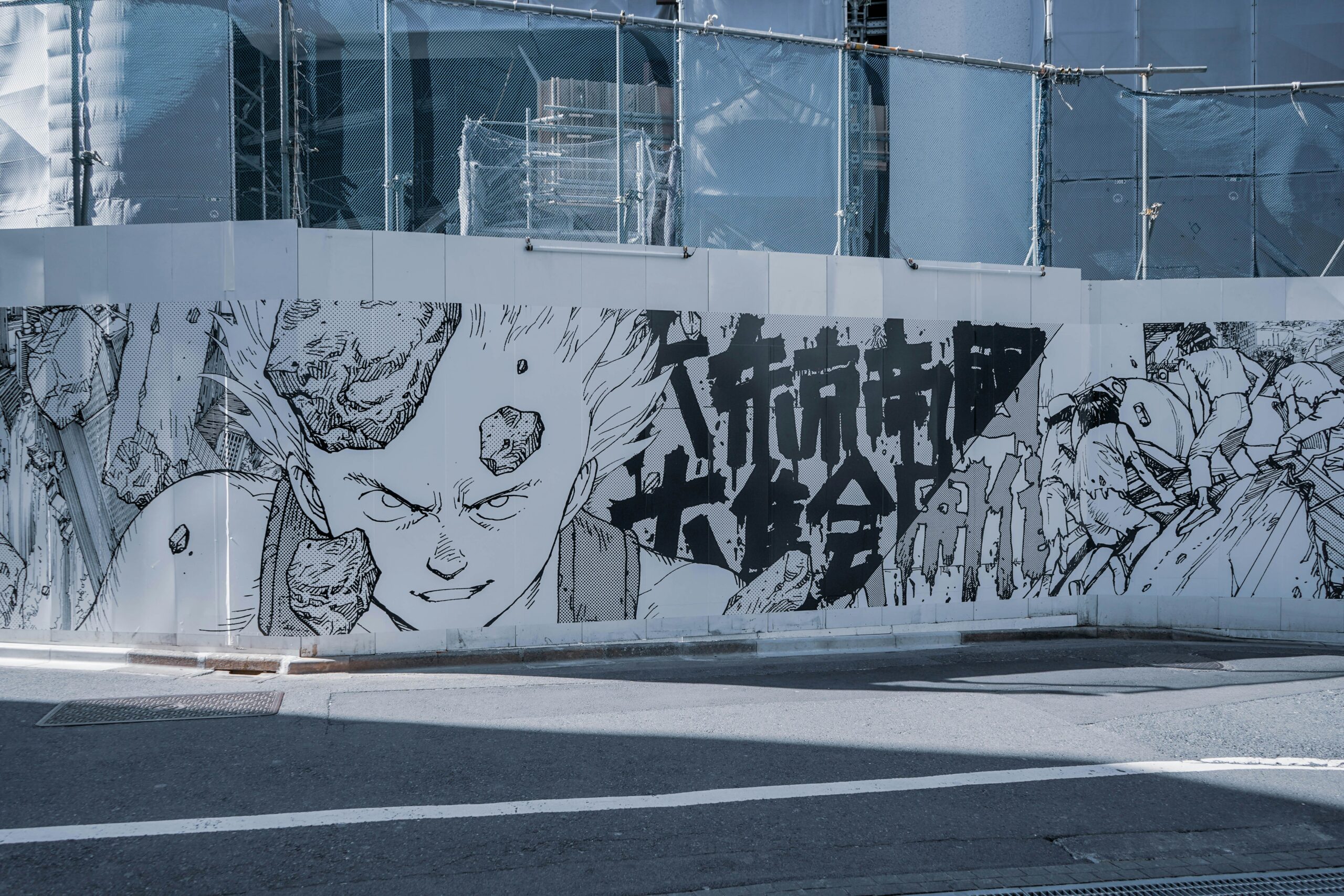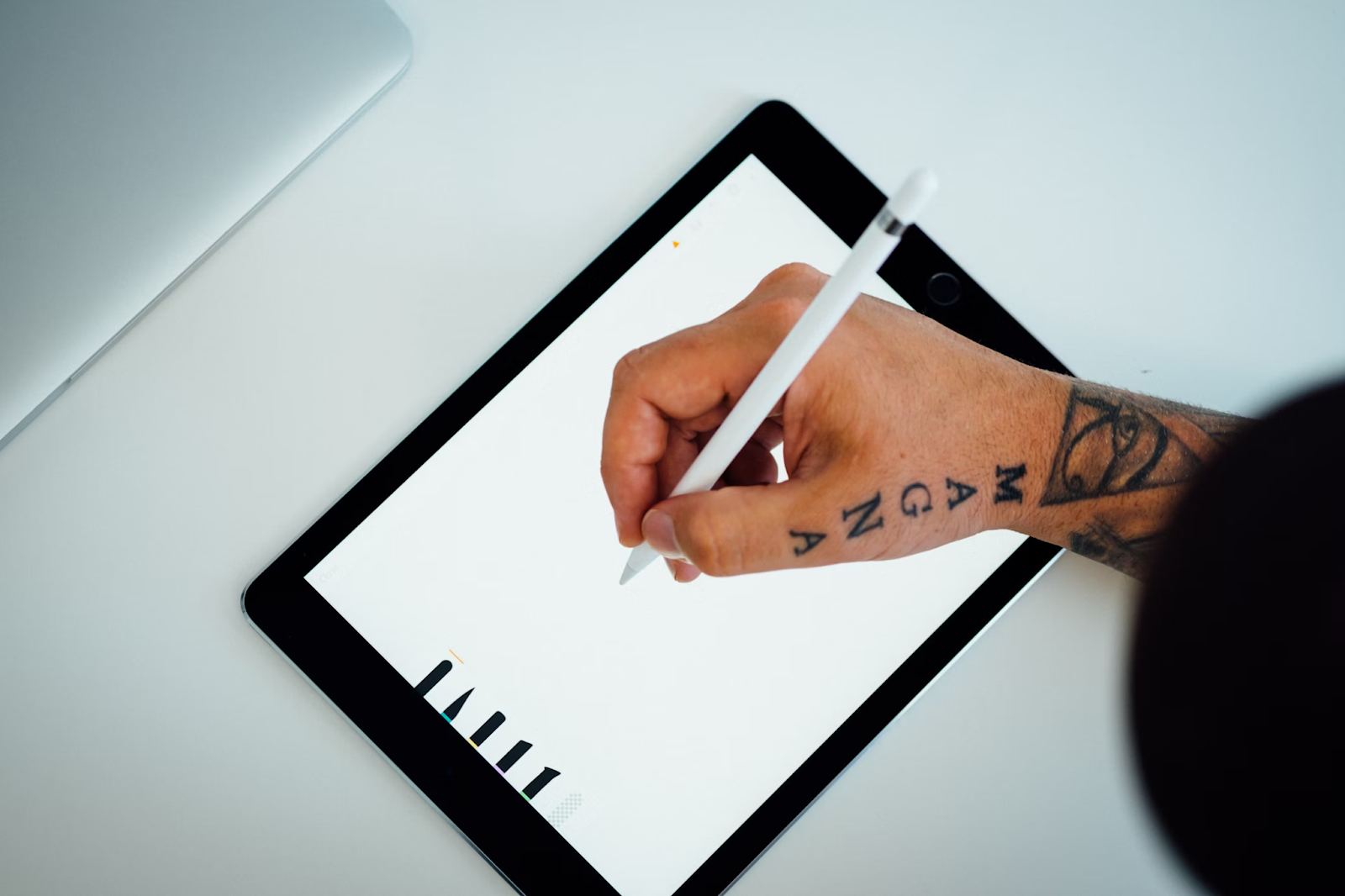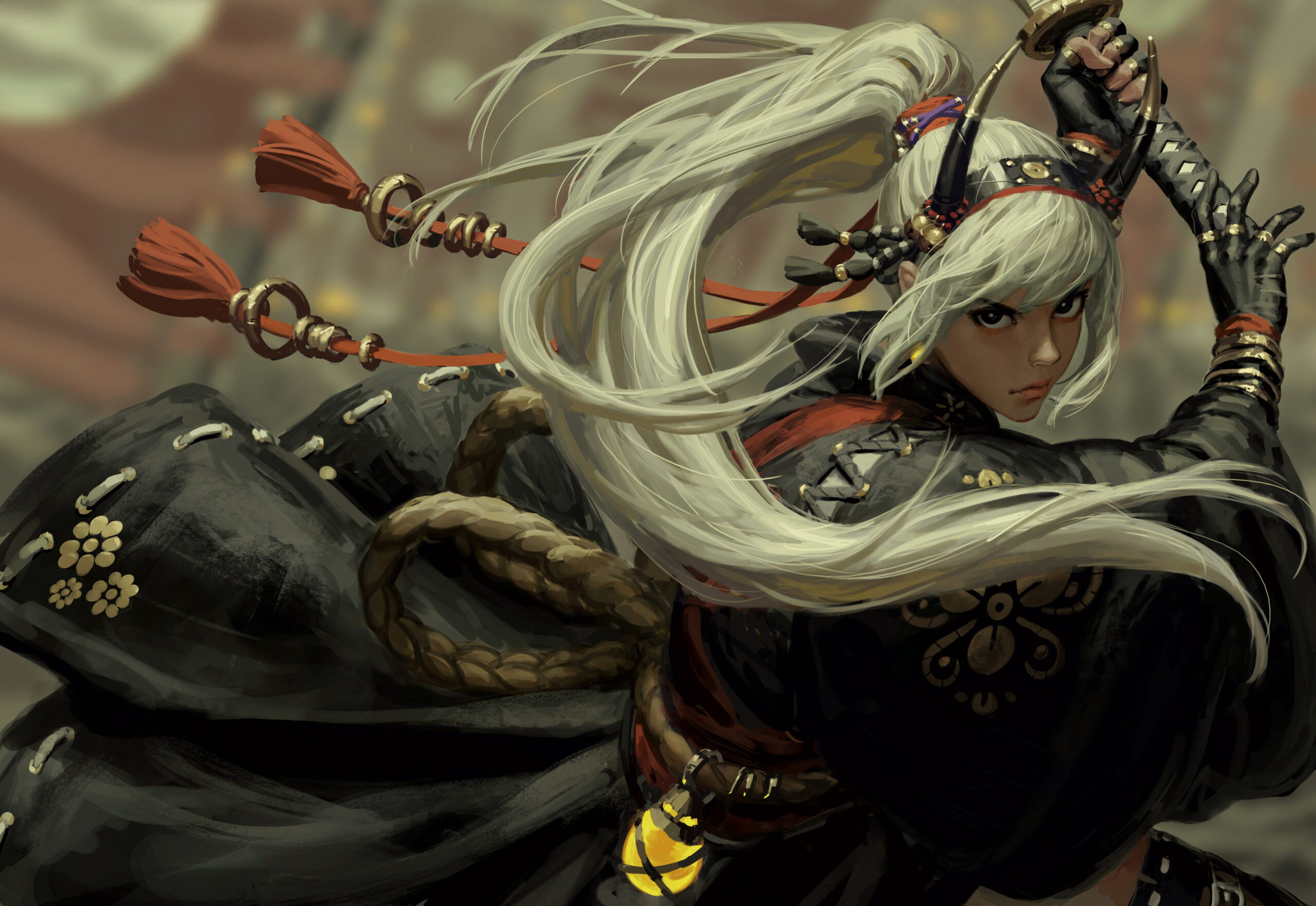I have this friend, barely twenty years old, who’s really hustling to make a living by “drawing pictures.” He’s currently aiming to become an animator, and through his journey, I’ve been fascinated to hear about the “money talk” in the animation industry, and other art-related jobs, especially the stuff you just don’t hear about from the outside.
A while back, YouTube was flooded with that slogan, “Live your life doing what you love.” The true meaning of chasing a dream, the raw reality of it all, got pushed aside by those catchy, feeling-good words on the screen.
Art, dreams… they’re not that sweet.
We can talk about art and money later, but for now, it’s all about “living your life doing what you love.” There’s probably no single right answer or perfect method for it. You won’t find the answer in books, and maybe no one really has it. But you can get hints. Actually, maybe hints are just scattered everywhere. Even in the trash bin…
GODTAIL, who says he’s been drawing since he can remember, established GODTAIL Co., Ltd., and now his work spans design, direction, editing, advertising, and even arcade cabinet design, really making his presence felt. We’re bringing you a two-part interview looking back at his journey and 20 years in the industry, including his work as an Official Marvel/DC Artist.
GODTAIL Interview: Part 1
B – First off, could you tell us what got you started drawing?
GODTAIL – I think I’ve been drawing ever since I can remember. I don’t really recall it myself, but it seems I loved drawing even before I started kindergarten.
B – And you just kept drawing ever since then?
GODTAIL – Yeah, that’s right. I used to draw during breaks in school. M friends would ask me to draw Dragon Ball characters, and I’d draw my own original stuff too.
B – So you were creating your own stories back then!
GODTAIL – Oh, that was totally just to get a laugh out of my friends. So, rather than quietly focusing on it, I was seen as “the good artist,” and I’d do silly things like drawing my friends in weird ways, not to insult them, but just for fun. Like, I’d stretch out the teacher’s face in a drawing to make my friends laugh, you know? [laughs]

B – Did you have any dreams for the future or what you wanted to do back then?
GODTAIL – It wasn’t about art. Art wasn’t really on my radar. I just drew it as a hobby.
B – When did you decide to go to Osaka University of Arts?
GODTAIL – I was originally working part-time doing moving jobs, and I was thinking of just getting a full-time job doing that. But then a friend said, “Why don’t you try taking the entrance exam for an art school?” So, I went to take the test like it was a trip. [laughs] It was for the film department, and they said you didn’t have to be good at drawing if you could draw storyboards. Since I’d been drawing manga since I was a student, I drew a storyboard and passed!
B – That’s amazing! [laughs] What did you study at university?
GODTAIL – Since it was the film department, all I really did was watch movies. I didn’t really learn anything about drawing. I just kept drawing like I always had. If anything, it was more about ideas. Coming up with original concepts, developing story plots in your head – that kind of major.
B – So it was a department that dealt with that kind of content. Back then, what was your outlook on the future like, what kind of image did you have?
GODTAIL – Nothing really. I just worked a lot of part-time jobs. I did so many different kinds of jobs that I thought I’d be able to make a living somehow. But then everyone around me was job hunting, so I tried it too, and eventually, I ended up getting a job at a game company. And that was more as a planner, rather than on the drawing side or as a character designer. I was one of the planners who could draw, so I was aiming for that kind of role.
B – So there was some calculation involved there.
GODTAIL – To some extent. When you want to convey a new character design idea, it’s faster to show it with a drawing than to write it all out, right? Normally, planners don’t draw, but I could give instructions with drawings, like “Draw it in this pose, like this.”
B – You didn’t have a conscious desire to make a living from art or directly work as an artist?
GODTAIL – I always liked drawing and wanted to get better, but I just hadn’t had the opportunity until then. However, seeing various designers at the game company and working with them, I think that’s when I finally started to become aware of it, and thought, “I want to make a living with art.”
B – What specifically did you start with?
GODTAIL – The designers would throw their sketches and rough drafts into the trash. Since I was in charge of trash duty, I’d collect them, staple them together, and make them into my own kind of textbook. I’d practice by looking at those. Back then, there was no internet, so you had to buy books. But I didn’t have much money to buy books.

B – So, even though they were discarded, in a way they weren’t garbage at all.
GODTAIL – Yeah, that’s right. Like a textbook. I’d just pick up anything that caught my eye, or something I thought was well-drawn.
B – So that’s when you really started drawing seriously.
GODTAIL – That’s right. I still felt good about art, so I drew every day while working. And I also drew characters that were totally different from my work art. I drew original characters and would go sell them in places like Dotonbori in the south. You probably can’t do it now, but back then, creators would be sitting in a row on the bridge. There was a time when everyone was doing street vending in that area.
B – Wow, that sounds like an amazing scene. I wish I could have seen it.
GODTAIL – Back then, there was no website or even internet, so it was the era of selling by hand or going to places and showing your work directly. Of course, I’m sure it’s not allowed now.
B – That sounds pretty luxurious, right? I mean, those were original drawings?
GODTAIL – Original drawings, and also, I’d buy a printer and print them. But they just didn’t sell at all.

B – So, that’s how it goes.
GODTAIL – They just wouldn’t sell. So, I realized that even if I drew characters, they wouldn’t sell, and after a lot of trial and error, when I really wanted to make some money somehow, the crayon portraits I drew started selling.

B – That kind of connects back to how you used to draw to make your friends happy in school. Drawing to make someone else happy, right?
GODTAIL – Maybe so, yeah.
B – And after the game company, I believe you went into the pachinko and pachislot industry. What exactly were you doing there?
GODTAIL – I was doing everything, from planning to design. I learned about patterns, board designs, and even printing methods there. Originally, during my time in the film department, I even acted like a director. I did everything from planning to shooting to editing, so it was a similar feeling. I would plan the visuals, plan the content, design it myself, and create something where the character designs would align. Back then, the number of colors for characters was limited to 16, so I played around within those constraints.
B – So, a sense of playfulness, you mean?
GODTAIL – Yeah, I was mixing in what I wanted to do.
B – It sounds like you were doing everything from start to finish by yourself. That must have been really tough, right?
GODTAIL – It was tough, yeah. I don’t think I could do it now. The sheer volume was endless. It was less “fun” and more “painful,” actually. Staying up all night was the norm, and these days, would definitely be considered a “black company” – no days off. It was a time when sleeping and living at the office was normal.

B – In that kind of environment, why did you continue for seven or eight years?
GODTAIL – I wanted to create something original and hit it big. I had a strong ambition to make it big with my own hands, and I worked really hard. I felt like there was a dream if I could just make one big hit. Because of that, I kept creating original things.
From trash cans to bridges to street corners, GODTAIL has found opportunities everywhere. While his path has shifted from play to work, what remains constant at his core is the desire to “make people happy.” In the second part, we’ll delve into his journey from going independent and starting his own company to what “good art” means to him.






